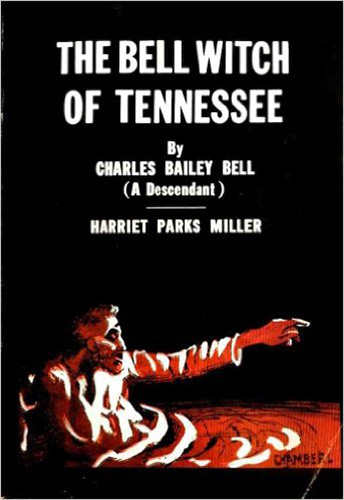Description
This book is a study of twenty Indian Trade guns of the 1720 era that were recovered from Indian campsites in Mississippi.
Acid etchings were conducted on samples extracted from the very rusted gun barrel fragments to determine how the barrels were forged by French and English gun barrel blacksmiths.
The following is from a letter the author, Bob Heath, sent Artisan regarding this book:
"The first part tells about French and English trade guns of the 1720 era that are dug up in Mississippi by archaeologists. It tells how they were forged and something about the different types of materials used. The English used what I refer to as a "dirty steel" while the French used a very high quality wrought iron in their gun barrels. The back or appendix of the book has some add-hoc information about how modern day barrel smiths forge gun barrels in imitation of the archaic methods that were used in the 18th century (like they do them at Williamsburg, Virginia) . I have forged three rifles and one smoothbore using these methods and have shot all four of them and one pistol. Currently I am helping one blacksmith learn some of this as time allows. We currently have five pistols in production. They are relatively easy to make and much easier to learn on."
The following is a review:
Mr. Heath presents a tremendous amount of technical and historical research in his book Quest for the Indian Trade Gun. This is not the book for those who want glossy photos of various trade guns. However if you want to know how gun barrels were made in the old days, it’s fascinating reading. You’ll discover the vast difference between today’s standard muzzleloading gun barrel and the original.
The book begins with background chapters covering the history of iron production, including details such as the type of fuel used for the furnace fire, a concept potentially useful in determining the national origin of gun barrel fragments. During the trade-gun period, French iron makers used the traditional fuel, charcoal, because they had access to the large forested areas of Europe. English iron makers, however, had learned to use mineral coal, because England’s forests were becoming depleted. The two forge fuels produce iron of different carbon content, which can be detected today through various tests.
Since old trade gun barrels were made by welding flat iron into round tubes, Mr. Heath describes the different metals and welds then in use. The story line ranges from practical blacksmith observations to scientific concepts such as phase transitions and face-centered cubics.
The balance of the book describes acid etchings and sparking tests on gun barrel fragments from various archaeological sites. Mr. Heath begins with fragments from Civil War-era barrels of known composition and moves on to older, uncertain fragments. As in most scientific experiments, some results are not always clear-cut, such as those from the tests to determine national origin. On the other hand, the results on weld type, weld orientation, tensile strength and breech plug construction give us an interesting glimpse into the technology of the old gunsmiths.












